Writing a Graphic Novel, Part 1
4/29/2017
1. Tell a story that's never been toldWhen it comes to writing a graphic novel, look for inspiration from stories that have gone untold. A great source of such stories is history, but the history for which we don't necessarily know the whole story.
When I was writing Final Voyage for the Boldprint Graphic Novel series, I was trying to think of such a story when I stumbled upon an explorer I remembered studying in my youth: John Cabot, aka Giovanni Caboto. I remember learning when I was just a little guy that Cabot had sailed the ocean blue in 1497 and discovered eastern Canada. However, I don't remember us ever talking about his second, and final, voyage. In 1498 he headed out again, but this time he didn't come back to receive the adulation of England's King Henry like he did after his first voyage. This time, he and his men were lost. Writing a graphic novel about an historical event for which we don't have many of the answers is sometimes just the sort of thing we need to push through writer's block and get back on track. Having part of the narrative gives us some place to start, and while this is being established there is time to fill in the gaps and work out what might have been. Anything that allows us to be productive while we're working out the story can't be all that bad.
0 Comments
In Search of Lost Time
4/14/2017
Reimagining Traditional Approaches to the TimetableNow available at www.comicsineducation.com is In Search of Lost Time: Reimagining Traditional Approaches to the Timetable. This book is the product of a Canadian Accredited Independent Schools (CAIS) Research Grant and brings together a combination of research, investigation, sketchnoting, writing, and 21st-century approaches to teaching and learning in order to show how schools can reimagine the way in which they go about making institutional change. Here's the blurb from the back cover: "This book offers an approach to developing what educators have traditionally thought of as a `timetable' that is appropriate for 21st-century, independent, K-12 institutions in Canada. It suggests that timetabling as we currently understand it is insufficient in meeting the needs of learners, primarily because traditional timetables are inconsistent with existing pedagogical philosophies about teaching, learning, and curriculum delivery that are shaping the way these processes are changing in our schools." The book is being released in advance of the CAIS Project 2051 reunion and National Leaders Conference, both of which take place in Montreal later this week. For those interested in ordering the book, it is available exclusively through our store. Visual Lesson Plans
4/14/2017
Give students an agenda to stare at!The next time you want to put together an agenda for your students or a lesson plan, consider a new way of thinking about how this information is shared. A neat thing to do is to bring the visual to the experience so that what the students are learning looks as exciting as how you'll hope they find it.
The lesson overviews above might look complicated, but the combination of a set template and using some of the features of Photoshop Elements allowed me to produce them in very little time. What they say to the student, especially at the outset of the year, is that your course is different from others that they might be taking: that the expectations are high and that you want them to think in different and creative ways. If you want a fuller explanation of how lesson plans, overviews, or agendas can be put together in the manner I've described, please feel free to use the contact button below to get in touch! |
Glen DowneyDr. Glen Downey is an award-winning children's author, educator, and academic from Oakville, Ontario. He works as a children's writer for Rubicon Publishing, a reviewer for PW Comics World, an editor for the Sequart Organization, and serves as the Chair of English and Drama at The York School in Toronto. If you've found this site useful and would like to donate to Comics in Education, we'd really appreciate the support!
Archives
February 2019
|
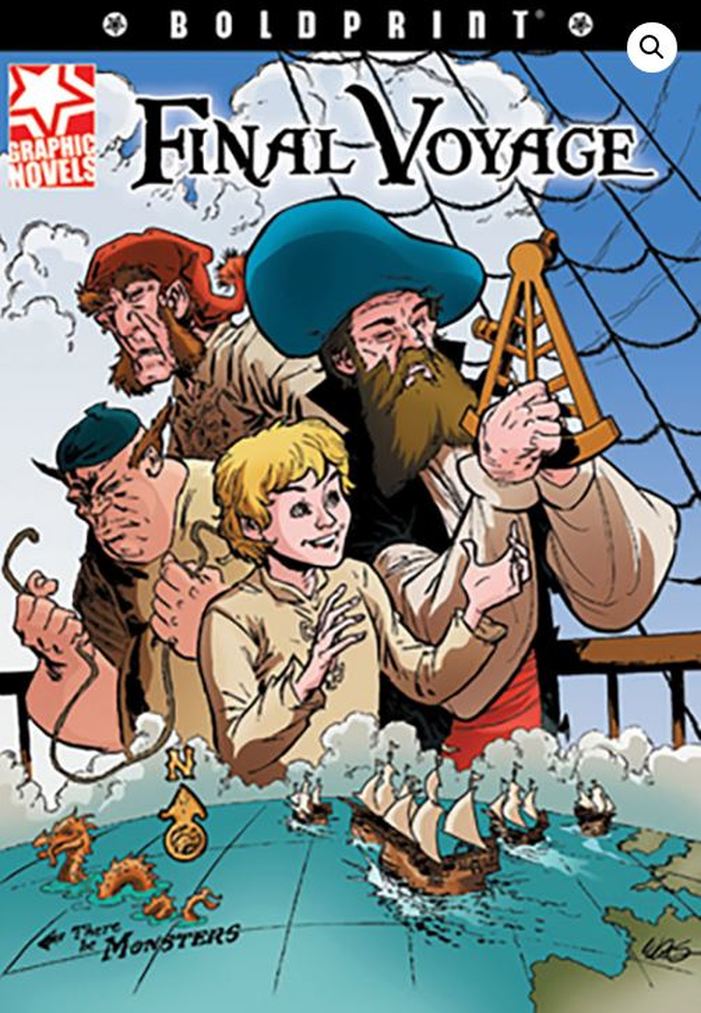
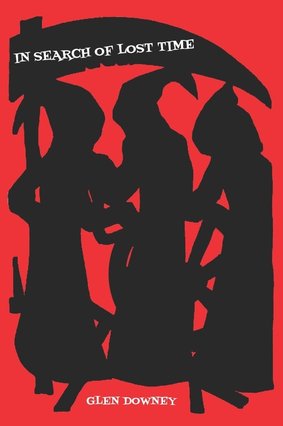
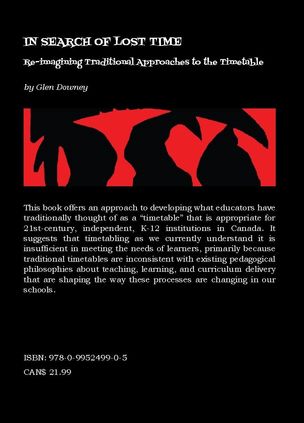
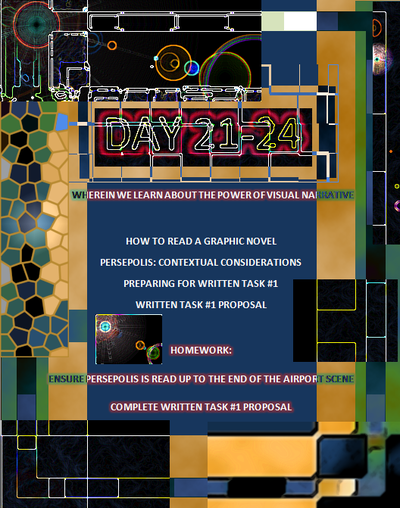
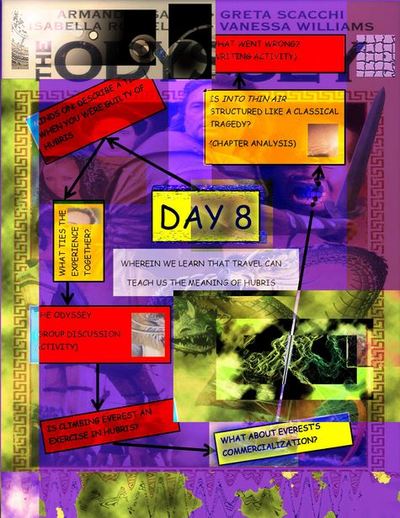
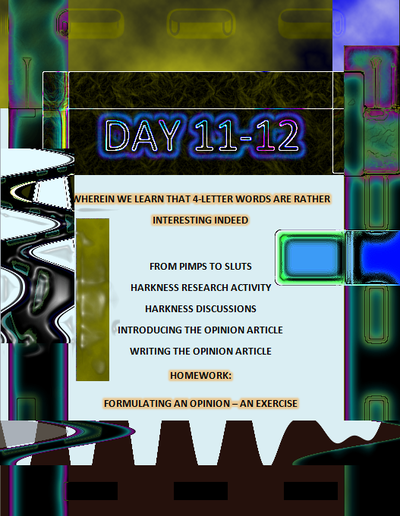
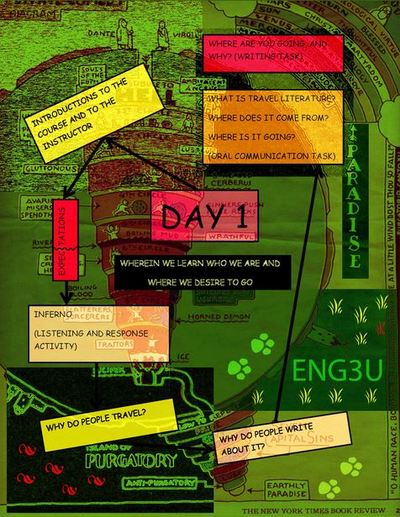

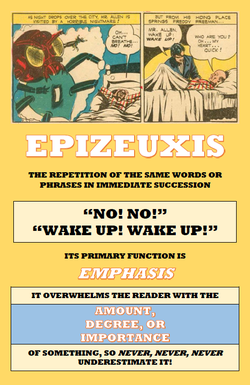
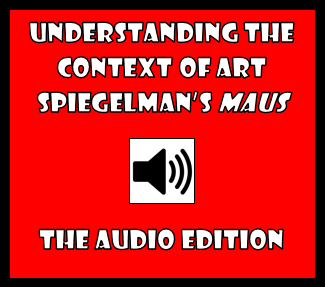
 RSS Feed
RSS Feed
